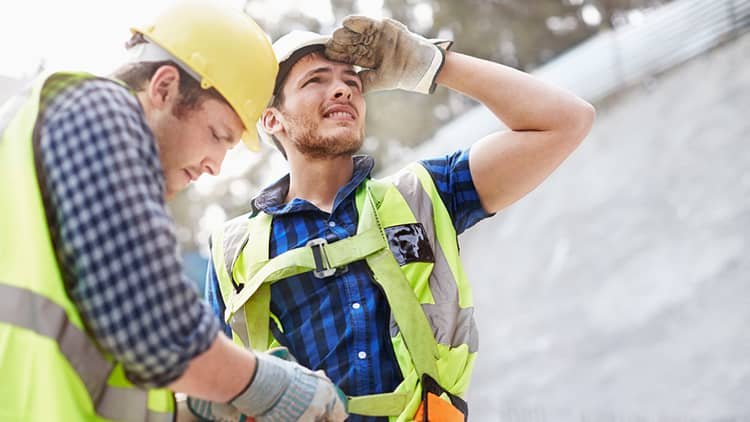| Fair Employment Practices | It is illegal for an employer to discriminate against employees based on protected characteristics, such as race, creed, religion, color, national origin, age, physical or mental impairment, marital status, and gender, according to the Montana Human Rights Act (MHRA). When motivated by a protected trait, harassment is considered illegal discrimination under the MHRA.
Retaliation against a person for opposing unlawful discrimination, making a complaint, or taking part in an inquiry into unlawful discrimination is likewise prohibited by the MHRA. |
| Equal Pay | According to Montana law, an employer cannot pay women less than men for the same type of job, in the same industry, office, or place of employment, for equal service, or the same amount or class of work. |
| Whistleblower Protections | An employee working for at least six months is generally protected against being fired without cause under the Wrongful Discharge against Employment Act (WDEA). The WDEA forbids employers from firing workers in reprisal for the workers' unwillingness to go against the law or for disclosing a violation of the law, sometimes known as whistleblowing. |
| Drug Testing | Employees with safety, security, or fiduciary responsibilities or who operate in hazardous situations are eligible for drug and alcohol testing under the Workforce Drug and Alcohol Testing Act. |
| Minimum Wage | The current non-exempt minimum wage in Montana is $9.95 per hour.
An employer who does not fall under the federal Fair Labour Standards Act may pay a lower minimum wage and has annual gross sales revenues of less than $110,000. |
| Overtime | For all hours over 40 in a workweek, non-exempt employees are typically required to get overtime pay at 1.5 times their usual hourly rate. |
| Child Labor | Minors under 16 are also barred from working several other jobs, including manufacturing, warehousing, and construction. Minors are also prohibited from working in dangerous occupations. Additionally, numerous occupations are listed in child labor rules as being actively permissible for children to engage in, including newspaper delivery and office and administrative employment. |
| Pay Frequency | In Montana, a company is required to pay workers on the regularly scheduled paydays that have been predetermined. A semimonthly pay period will be assumed in the absence of a regular pay period from the employer. |
| Wage Notices | Employees must be informed of their pay rate, pay period, and payday dates by their employer. |
| Pay Statements | When wages are paid, an employer is required to give each employee an itemized pay statement. The statement needs to list every deduction made during the pay period. |
| Wage Deductions | Generally speaking, an employer may deduct reasonable expenses for room, board, and other perks provided by the employer from wages, unless prohibited by law or if specifically authorized in writing by the employee for their benefit (for example, health or retirement plan deductions). |
| Leaves of Absence | A few rules in Montana apply to all companies that deal with paid time off and employee leaves of absence. These statutes cover maternity leave, leave for crime victims, leave for active duty service, and leave for public officials. |
| Occupational Safety and Health | All employers must create and manage a safety program that includes employee training under the Montana Safety Culture Act. Each firm must establish a safety committee with more than five workers. |
| Smoke-Free Workplace | The Montana Clean Indoor Air Act forbids smoking and the possession of lighted tobacco products in all enclosed public places, including any indoor space, room, or moving vehicle used for business. Employers who fall under this requirement must prominently display a warning that smoking is forbidden at all public entrances. |
| Final Pay | Final earnings must be paid to departing workers no later than 15 days after their separation date, whichever comes first.
Unless the employer has a written policy extending the deadline for payment to the earliest of the next payday or within 15 days of the date of separation, employees who are laid off or dismissed must be paid their last earnings promptly. |









